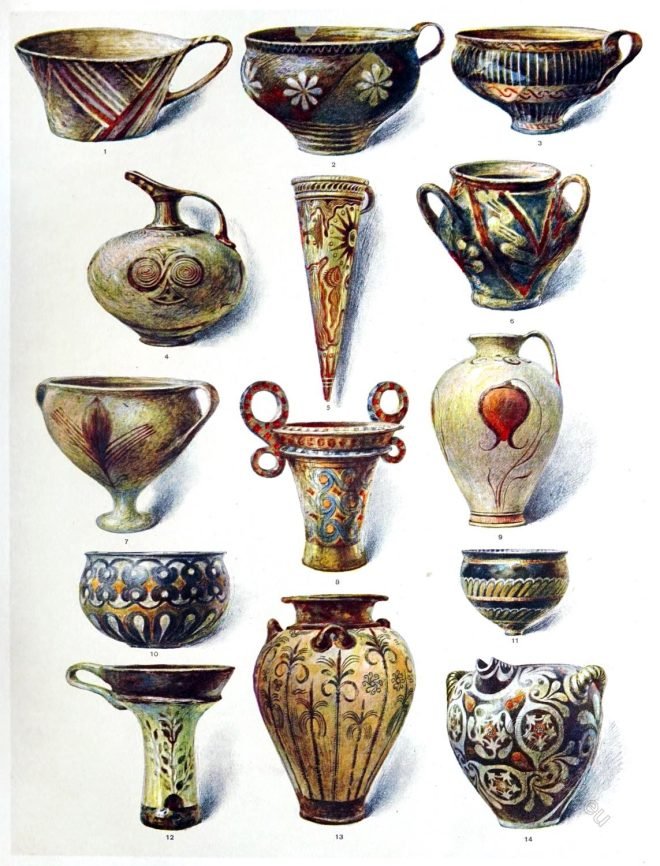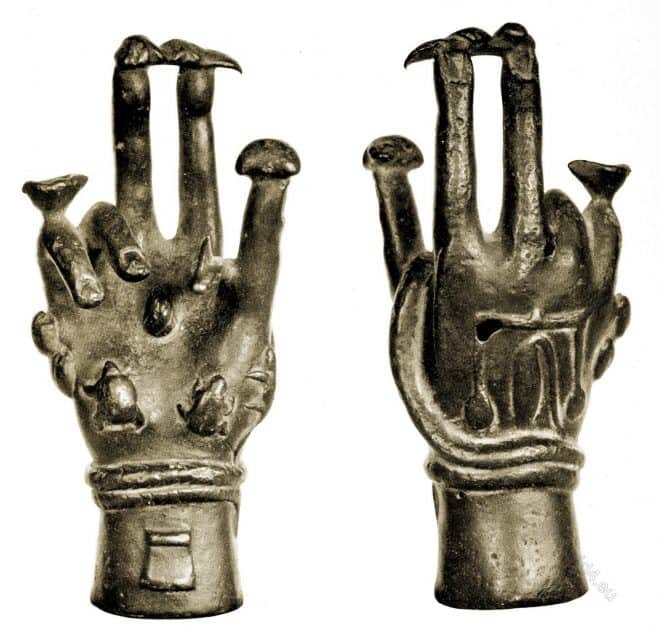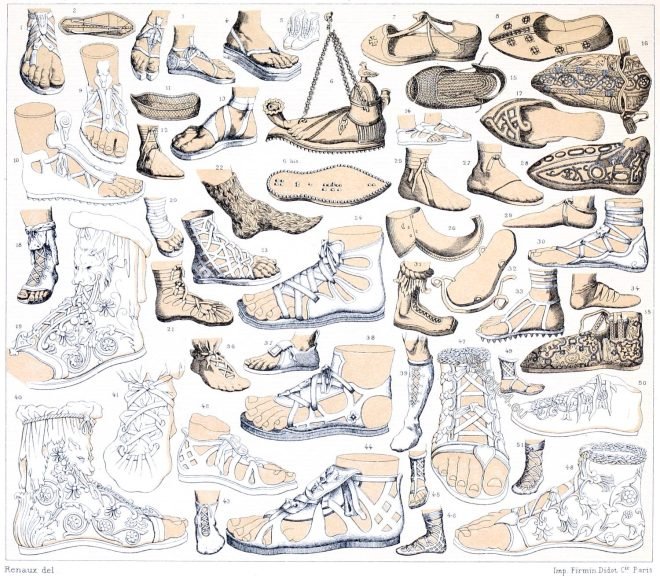The ancient Greek temple of Poseidon at Cape Sunnius, built between 444-440 BC, is one of the main monuments of Athens’ Golden Age.
Category: Ancient
Mayan Stone Idol. Front View, at Copán. Honduras
This image represents one of the most famous rulers of Copán, King Waxaklajun Ub’aah K’awiil, dressed as one of the maize gods.
Assyrian king and his archer. Their characteristic costume.
The Assyrians were warriors, as their costume shows, with its heavily ornate, barbaric splendour. They wore much more jewellery than the Persians.
South-west view of the Erechtheion on the Acropolis in Athens
The Erechtheion is an Ionic-style temple on the Acropolis in Athens, built between about 420 and 406 BC.
Earthenware from Crete and Greece. Middle and Late Minoan.
CRETE AND GREECE. Middle and Late Minoan circa 2000—1200 B.C. Vessels from Cnossus, Mochlos, Korakou, Palaikastro, Melos.
A magic hand used as an amulet for averting the evil eye.
The Roman magic hand itself was considered a potent means of averting the evil eye.
The Tomb of the poet Virgil. Roman-era crypt in Naples. Italian scenery.
Virgil’s tomb (Italian: Tomba di Virgilio) is a Roman-era crypt in Naples, believed to be the grave of the poet Virgil (15 October 70 BC – 21 September 19 BC).
Rome. Furniture and Appliances of Antiquity. Pompeii, Herculanean.
Marble Curulian armchair, Bedstead, Iron suitcase, Terracotta casting vessel, Four-legged table.
Shoes of antiquity. Sandals, closed footwear of the ancient world.
Classical Antiquity. Footwear. Fashions and Customs. Calceus, Ocrea, Caliga, Campagus, Crepida, Solea, Pero, Ceremonial shoes, Runner’s boots, Lace-up shoe.
The ancient Greek city of Posidonia or Paestum in Magna Graecia.
Percy Bysshe Shelley in Italy. Temple of Neptune at Paestum. Letter from Naples. The Year 1818.










